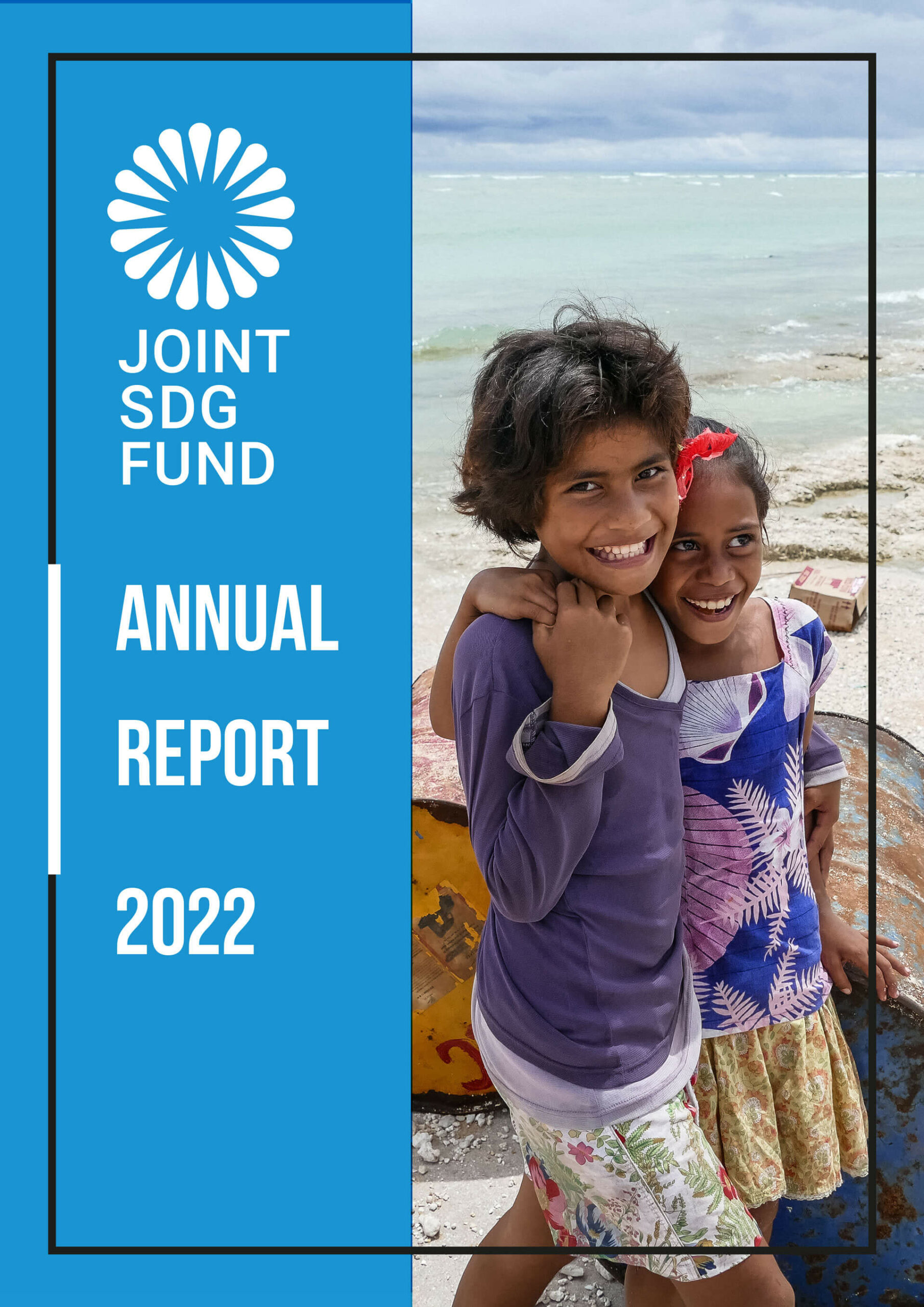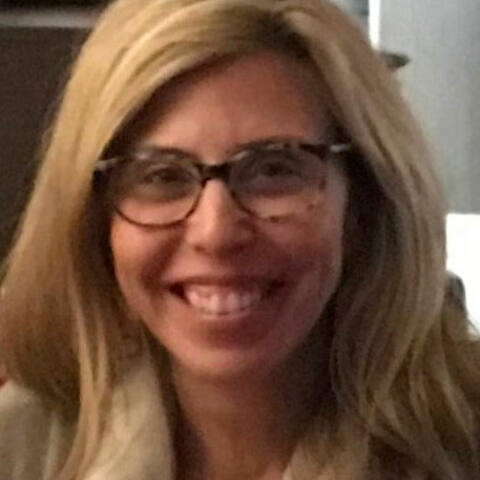Since COVID-19 changed our world forever, expressions of alarm and fear have comingled with optimism and hope. Across our planet, our global community has adapted to new social norms, suffered extreme losses and braces for the medium to long-term impacts of a drastic economic crisis. Yet, from the earliest days of quarantine, there has been a rallying call for greater national and international solidarity and to see this as a unique opportunity to build back better – and hence be in a much better position for effectively addressing the even more existential challenge of climate change. New role models of competent, empathetic and decisive leadership stood out brightest while arguably old passions and commitments, to social protection, to essential health care, to climate change, were reignited and strengthened.
World leaders heard the call and the response from Governments, the Member States of the United Nations, was often unprecedented. Trillions of dollars were made available through financial packages focusing on the most vulnerable, on the elderly, the sick, the unemployed. Our frontline health workers became a top priority.
Still, the devastating impact of COVID-19 on the speed and likelihood of achieving the Sustainable Development Goals cannot be overestimated. The World Bank estimates that 70 to 100 million people will fall into extreme poverty due to COVID-19, while the UN estimates the pandemic could force almost 490 million people in 70 countries back into poverty as defined more broadly as those who lack basic shelter or clean water and children who go hungry. Overall, that could reverse almost a decade of progress.
The UN’s Human Development Index similarly forecasts a decline in 2020 - the first time since the Index was created. Inequality is on the rise, there is now a “COVID-crater”- one where those lacking in education and skills, as well as access to technology, are the first to slip deeper into poverty and find it more difficult to climb back to where they were before the pandemic.
This is further compounded by the unequal fiscal response. As a recent issue of The Economist highlights, governments in rich countries have spent over 10% of GDP to help ease the economic pain. Emerging economies have spent just 3% and the poorest nations less than 1% - of significantly lower budgets.
The COVID 19 crisis has propelled public finance into the spotlight and has underlined the need for enhanced public investments. But, in particular, it has also highlighted the need for more joined up collaboration across the public and private sector – most notably, in the race to produce effective vaccines that can protect us all.
While many challenges remain with COVID-19, if the world is to “build back better” – and get back on a trajectory towards the SDGs – we need to get the right policies in place and mobilise the financing required to bring those policies to scale as soon as possible. This requires dynamic partnerships and collaboration across the public and private sector to continue to grow and deepen. At the UN, we want to do our part in channeling the support of our Member States and partners to act together with the financial sector in closing the gap to achieve the 2030 agenda.
Enter the United Nations Joint SDG Fund. The Joint SDG Fund was inspired by the Secretary-General’s reform of the United Nations development system. The Fund supports countries to fast-track achievement of the Sustainable Development Goals progress through a combination of integrated policy, strategic financing and smart investments.
Simply put, the Joint SDG Fund’s dream is to bring together “Wall Street” and the corporate world – and the rapidly increasing focus on ESG, impact investing and investor excitement surrounding the SDGs - with the actual needs of countries who are currently off the radar of asset and portfolio managers. We know that effective matching is not always possible. Yet, we also know we have only just begun to connect real country-level demand with innovative financing solutions. In the next few months, the UN system, through the Joint SDG Fund, will work with partners to scan the horizon of what can be done, from creating green municipal bond markets to issuing blue sukuks and bonds, to adapting innovative lending schemes that can revert social and environmental negative externalities and fund rural health outposts.
The Fund has committed an initial $US 100 million to reinforce the SDG financing architecture in developing countries and catalyze strategic investments that leverage public and private financing in order to advance the SDGs. These efforts are guided by the Secretary-General’s Strategy and Roadmap for Financing the 2030 Agenda and is framed around two intertwined action agendas. The first aims to create the right conditions and enabling environment for increased and better-quality financing for the SDGs. The second is about investing in key initiatives that leverage public and private financing to advance the SDGs.
We seek to set out the business case for SDG investments and then multiply the successes across geographies, thereby growing a “web” of UN initiatives aimed at reorienting public and private capital towards the SDGs. In the context of constrained public resources, our catalytic pipeline of investments needs to demonstrate that different forms of capital can be accessed for the purpose of the SDGs and being progressively aligned with them is fundamental.
The UN Joint SDG Fund provides catalytic grants to unblock SDG investment opportunities to accelerate countries toward the SDGs. Essentially serving as a buffer against unpredictable risks considered common in frontier or emerging markets, grants are provided to countries to demonstrate investment concepts while support is provided by a consortia of UN agencies, development banks and public and private investors. In addition to financial support, the UN supports the development of the enabling environment for more effective SDG investment at country level while empowering national political and business leadership to drive the agenda. Through UN country teams and partners in country, our grants support financial and political de-risking. We also provide parallel funding to support creation of the wider policy and legislative ecosystem for investments and provide technical assistance.
Joint SDG Fund partners will then manage and capitalise impact funds, issue thematic bonds, co-manage enterprise innovations and challenge funds. They will run accelerators for impact enterprises. We will blend these investments with smart public subsidies, serving as a buffer to de-risk the investments, and to introduce novel SDG-aligned financial products.
The Joint SDG Fund’s catalytic grant capital will help unlock these opportunities, and therefore, targeted investments will lead to replication and scaling up, even in the most difficult contexts, such as the Least Developed Countries, Small Island Developing States, or fragile states. For example, in Malawi, the Fund will host a financing vehicle to provide long term equity to small and medium enterprises that need capital to grow their business and expand employment. In Rwanda, a social impact bond will finance the creation of 1,000 new solarized health posts and in Fiji, an innovative debt-for-relief swap will leverage philanthropic and public resources to mobilise private loan guarantees. Ecotourism, waste management and sustainable fishing revenues from local communities will repay the debt while protecting our ocean.
Imagine a Fund that balances private sector demands for a return with an equal demand for poverty reduction and women’s empowerment. Imagine multiplying revenue across blue and green investments, across sustainable agriculture and fintech for women’s health. Imagine you work for a company social investment strategic plan aligning with the United Nations and investing in the Joint SDG Fund’s portfolio. I can. We are determined to make the impossible - possible. Join us.
Article was published in WFSGI 2021 MAGAZINE




















